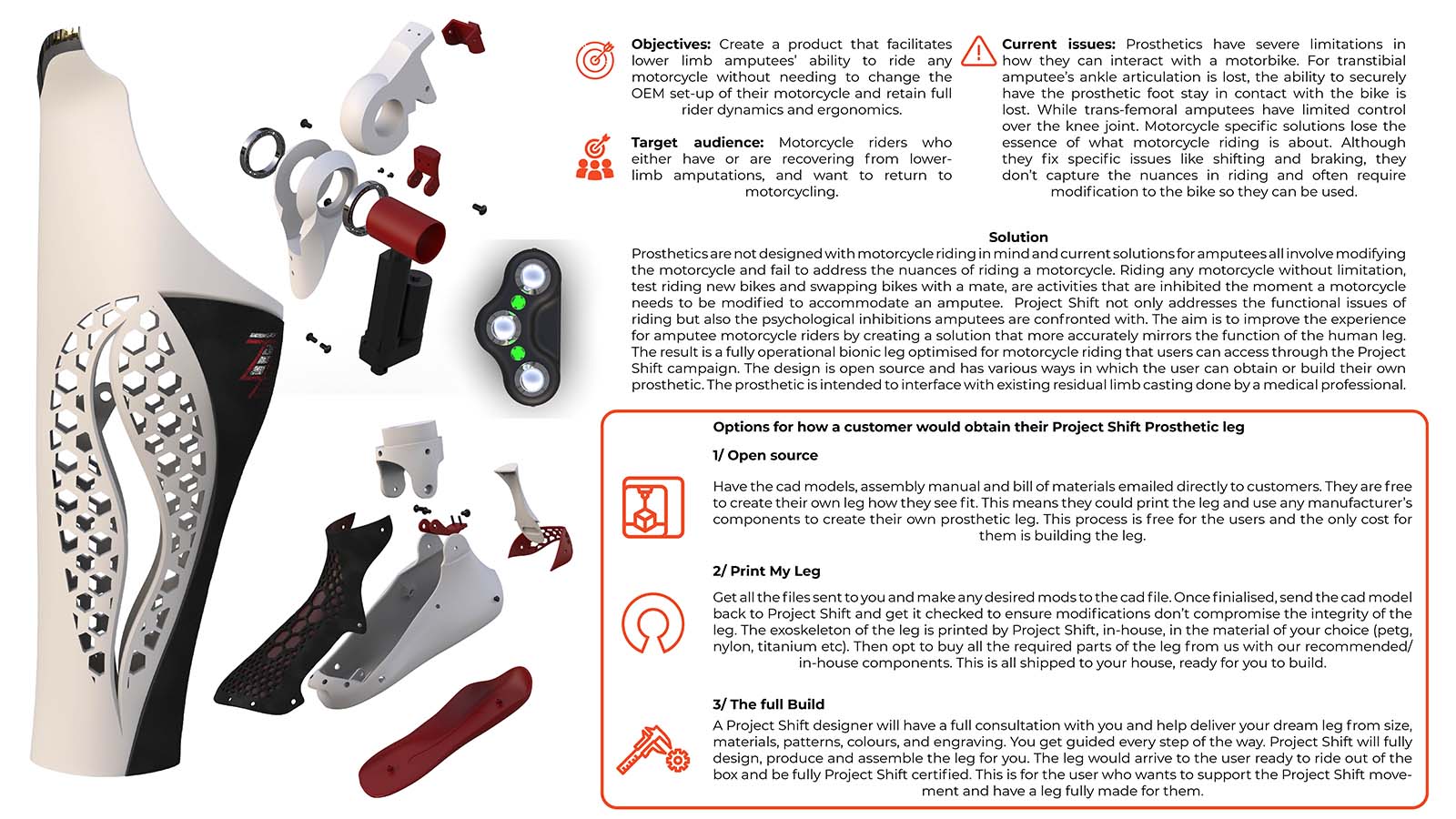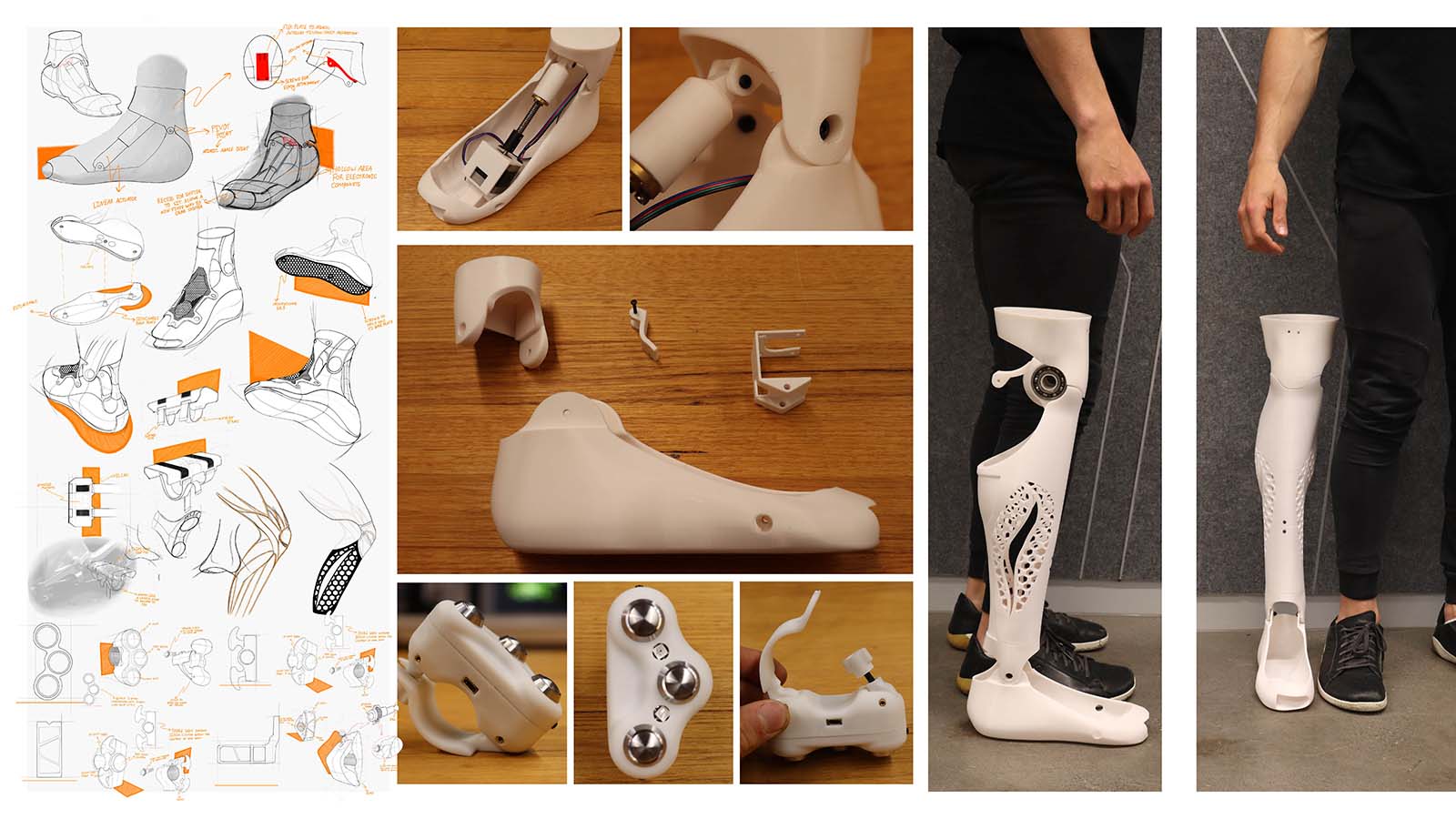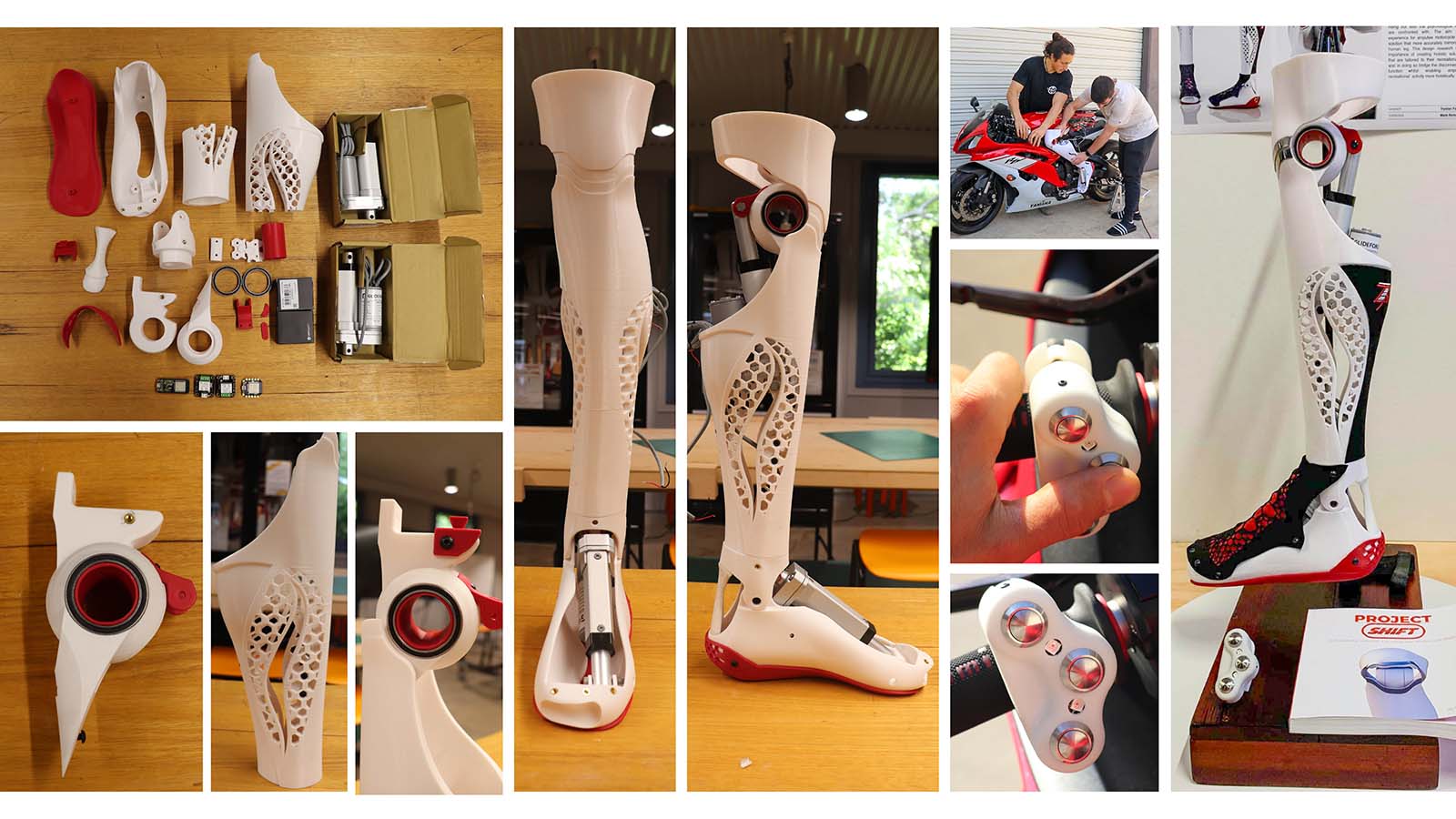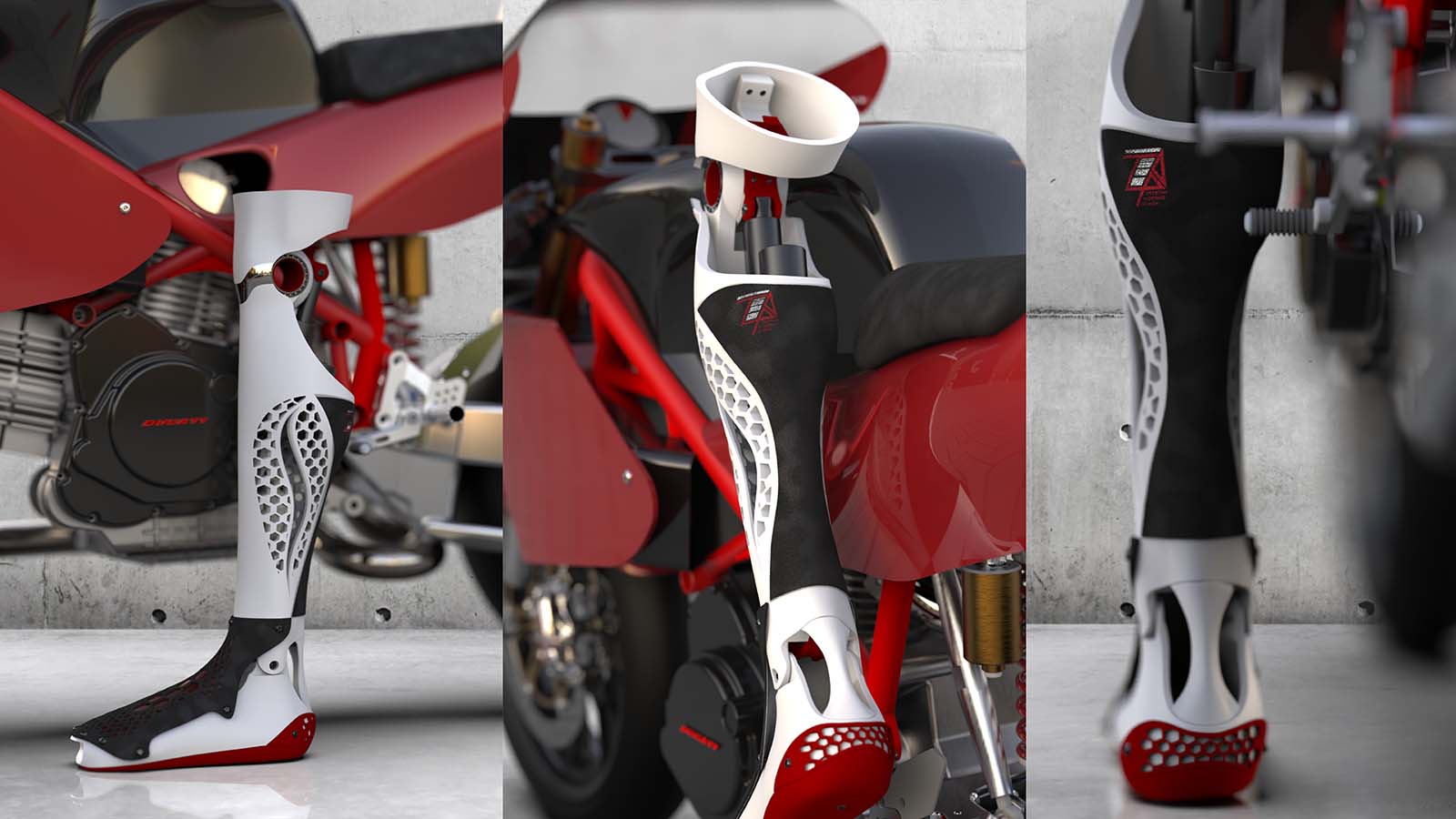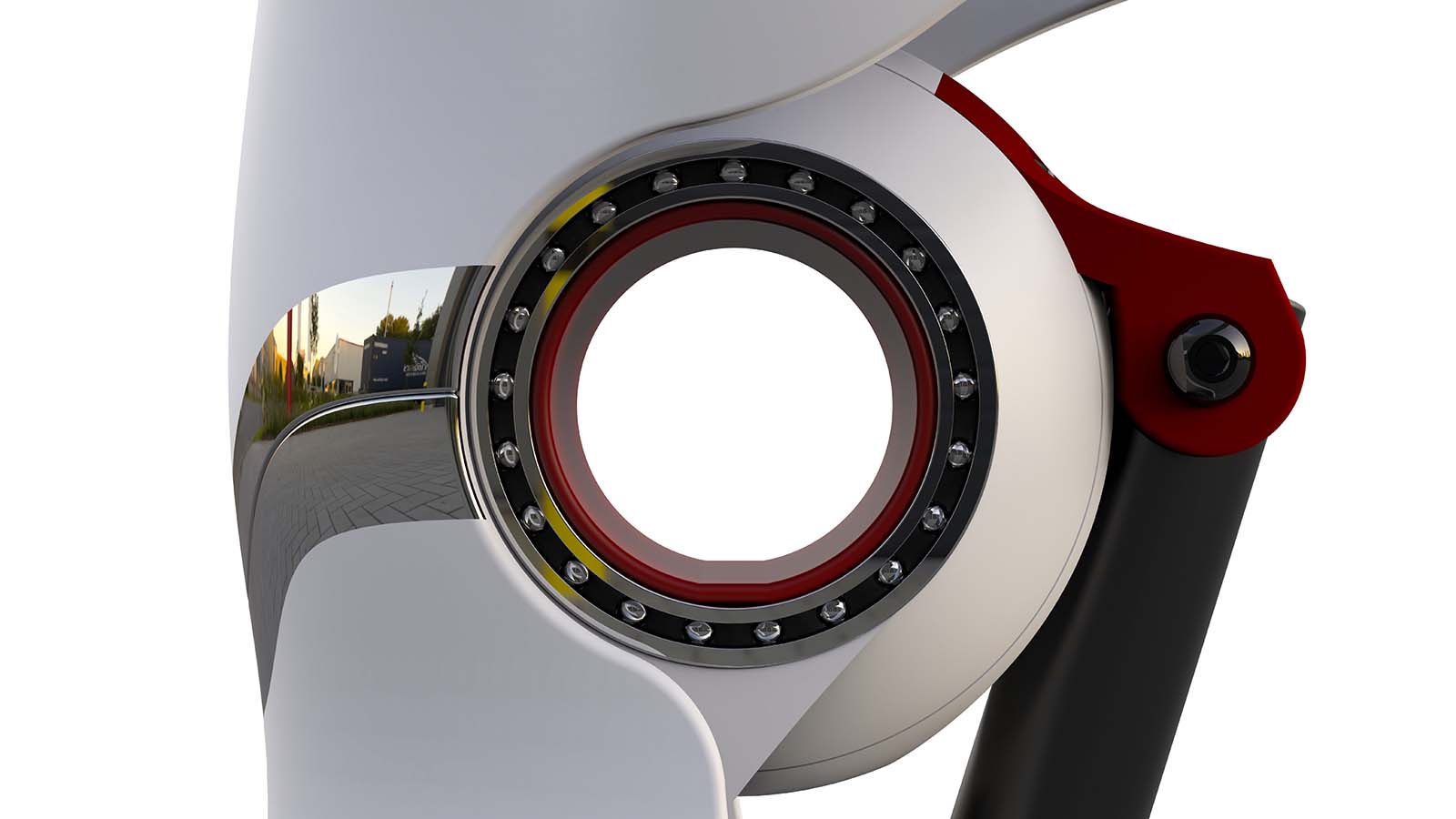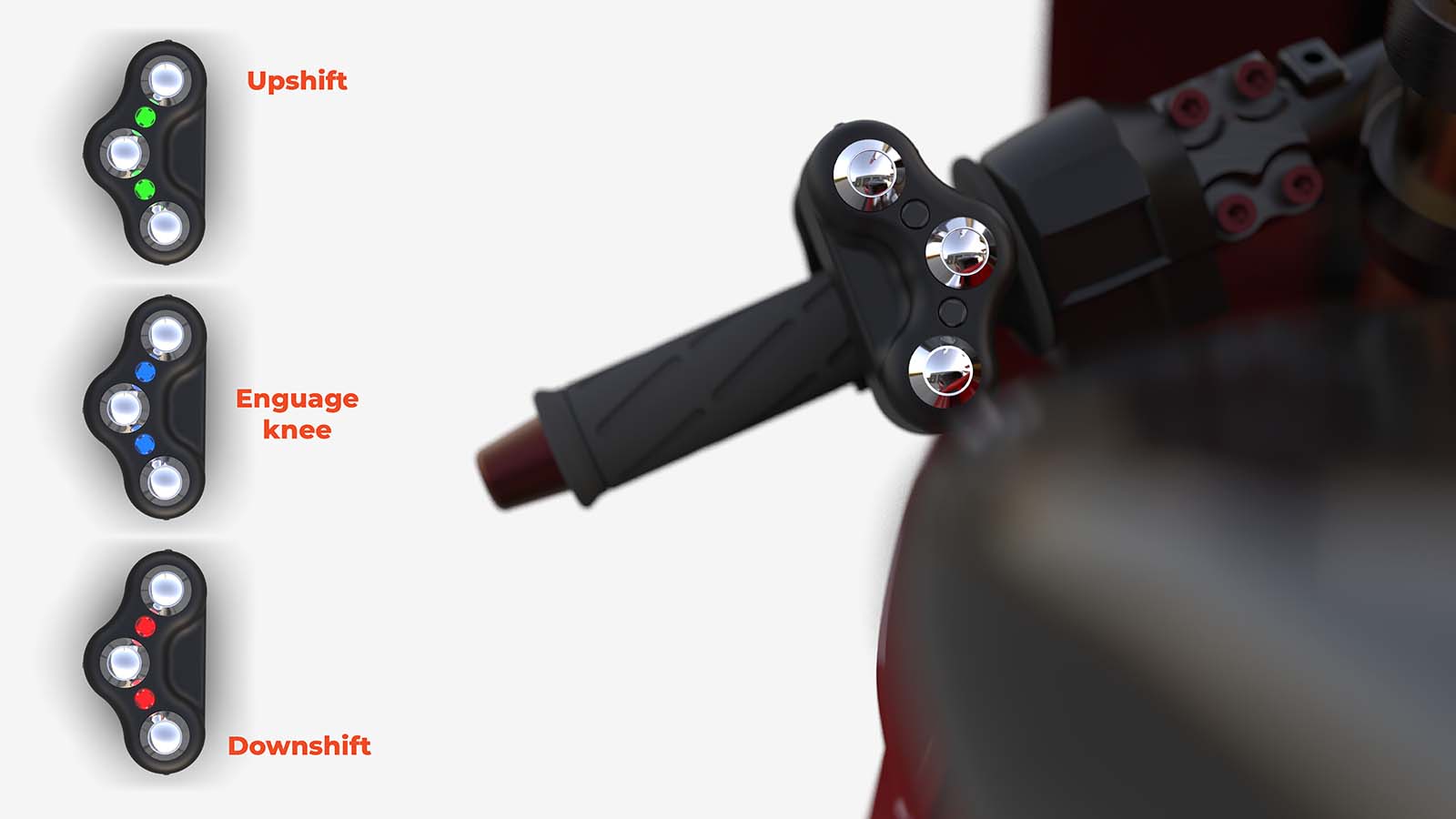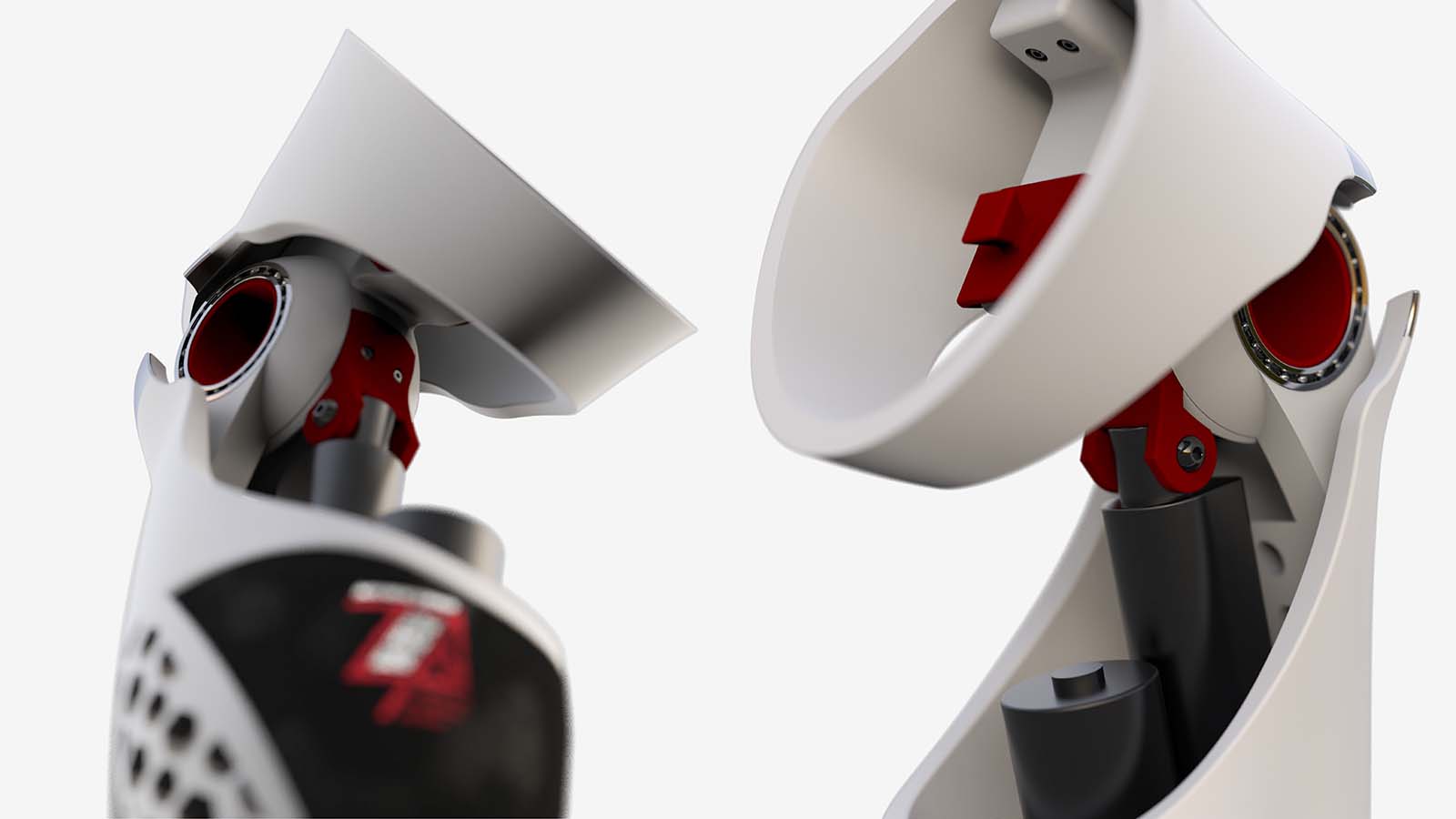The Project began by discarding any pre-conceived notion of what the solution could be and instead aimed to uncover as much knowledge as possible by immersing myself in the amputee community. Academic research was conducted to understand existing technology, biomechanics, biomimicry, recovery process, medical interventions, advancements and prosthetics. Alongside academic research a focus group of 21 amputee motorcycle riders from around the world was brought together to inform, guide, and provide insight into the life of an amputee motorcyclist. The 21 individuals were the heart and soul of the project and provided guidance for my design practice. A prominent design figure in the field of prosthetics was interviewed and used as a springboard to understand the role design must play in developing solutions for amputees.
Along side academic methods a tactile approach was taken to understand every little movement and interaction a motorcyclists has while riding. Body storming by riding motorcycles in controlled conditions while filming allowed me to document motorcycle-rider interactions and create a product design specification in preparation for concepting. Classic design methods such as journey mapping, interviews, ethnography were all implemented to leave no stone unturned. Once all this knowledge was condensed, sketching, rapid prototyping, writing code, and working with electronics all started to build the framework for how the leg would function. An iterative approach was taken, a design concept would be drawn, rapidly prototyped, and then tested. Kinks were ironed out and then the next iteration would replace it. Every iteration was presented to the focus group and improved upon until a final working prototype met not only the brief, but the focus groups vision for what a solution should be.


